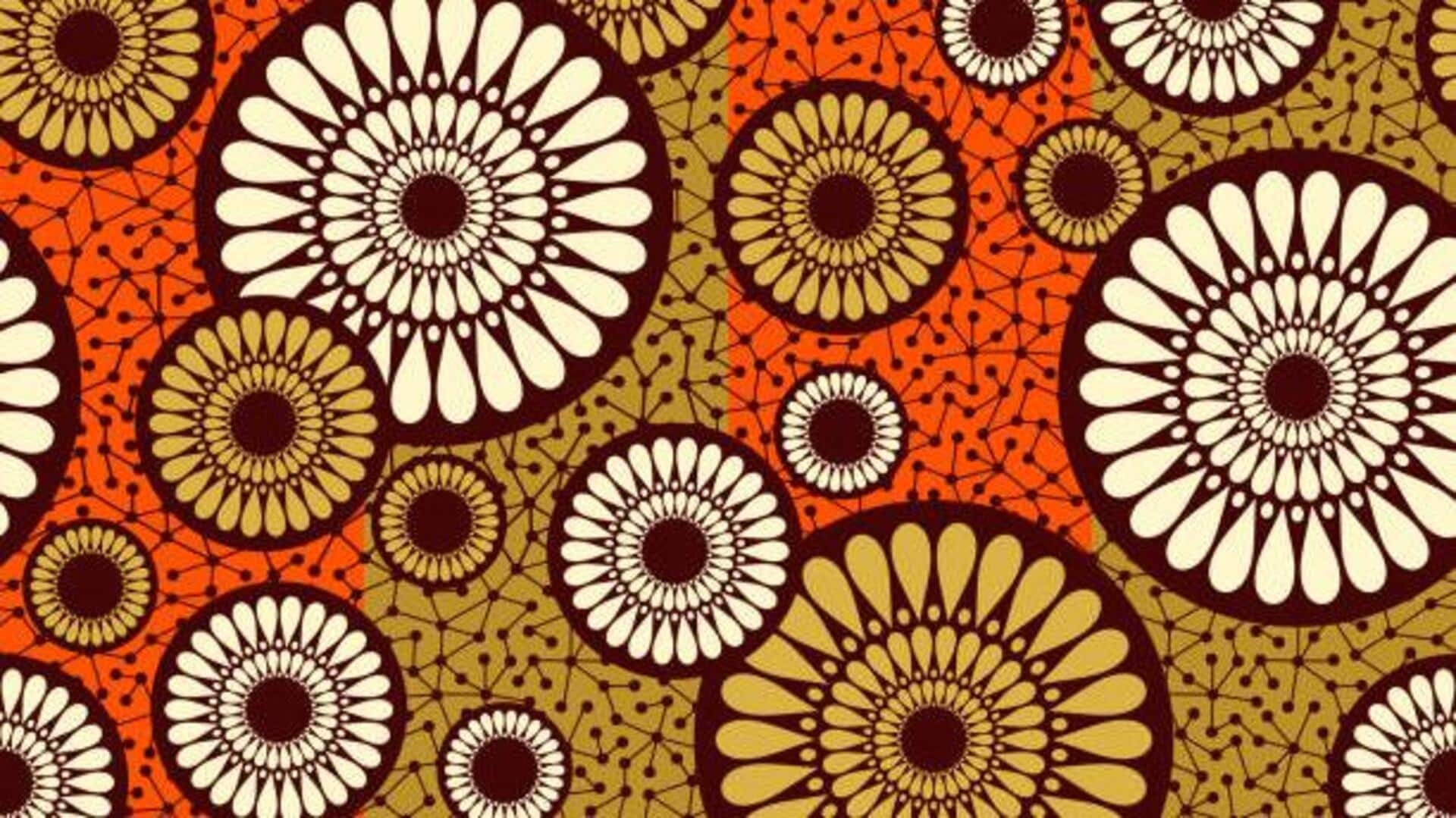
Yoruba batik: The beauty of Nigerian textile art
What's the story
Yoruba batik, the traditional Nigerian textile art, is famous for its colorful patterns and detail. The craft is all about using wax to draw patterns on fabric and dyeing it in bright colors. The outcome is stunning textiles that embody the rich cultural heritage of Yoruba people. Knowing the secrets behind these designs gives an insight into the artistic and cultural significance of this ancient craft.
Wax technique
The art of wax resist technique
The wax resist technique lies at the heart of Yoruba batik designs. Artisans paint hot wax on fabric in certain patterns, which ensures dye doesn't penetrate those areas. This technique allows for intricate detailing and sharp contrasts between the dyed and undyed sections. The precision required in applying wax makes this technique equally challenging and rewarding, yielding textiles that are as much about skill as they are about creativity.
Cultural symbols
Symbolism in patterns
Yoruba batik also incorporates symbols of cultural significance. These can depict anything from prosperity and fertility to protection. Each pattern narrates a story or conveys a message, making the fabric not just aesthetically pleasing but mindful too. Knowing the meaning behind these symbols can give you a deeper understanding of Yoruba culture and the values they have imbued in their art.
Color significance
Color choices and their meanings
Colors used in Yoruba batik are selected thoughtfully for their meanings and aesthetic appeal. Bright hues such as red, blue, and yellow are commonly used, each carrying its own connotation in Yoruba culture. For example, red would symbolize vitality or power, while blue could denote peace or tranquility. The choice of color adds to the narrative woven into each piece of fabric.
Contemporary influence
Modern adaptations of traditional designs
While traditional methods remain at the heart of Yoruba batik production, modern adaptations have emerged over time. Contemporary artists experiment with new motifs and color palettes, while maintaining respect for traditional techniques. This blend of old and new keeps the craft relevant today, while honoring its historical roots.